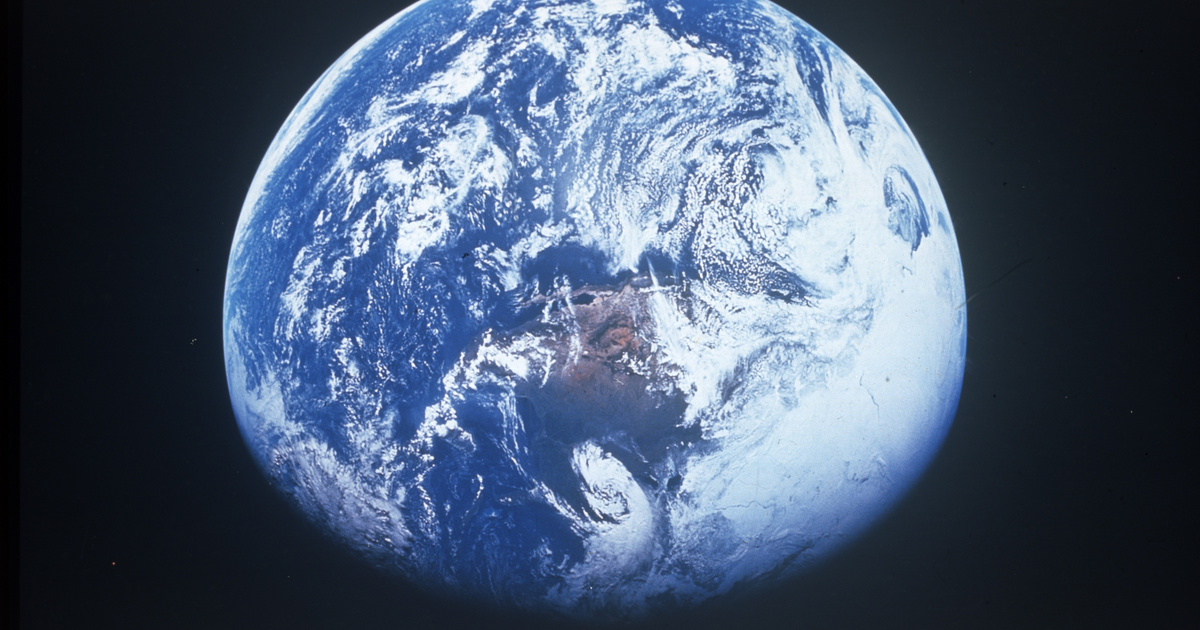Written by Nanjing University A In the scientific journal Science Advances A published study revealed What helped explain the process of mass extinction is that Different ecosystems responded to environmental impacts at different rates, and this helped explain the mass extinction process, MTI reports.
The mass extinction that occurred at the end of the Permian period, which began about 300 million years ago and ended 250 million years ago, was the deadliest mass extinction event in Earth's history, as it wiped out more than 80 percent of marine organisms. Sen said the species and about 90 percent of terrestrial species have perished. Su Zhong, the leader of the research, is a scientist at Nanjing University and a member of the Chinese Academy of Sciences.
He pointed out that scientists previously believed that the mass extinction occurred 252 million years ago, but in order to clarify the data, there was no detailed research on the process that occurred in different regions and ecosystems.
After more than 10 years of field sampling and isotopic dating, Chinese and American researchers have been able to accurately determine the exact date of the mass extinction of terrestrial organisms on Earth.
The research compared the timing of terrestrial and marine mass extinctions at different latitudes, and also presented the characteristics of each ecosystem during the extinction period.
According to the study, the mass extinction of wildlife at low latitudes began 251.88 million years ago, that is, at least 60,000 years after the mass extinction of marine life, and at least 430,000 years after the mass extinction of wildlife at high latitudes.
How did the researchers work?
Drawing on the global fossil database, the researchers analyzed the change in biodiversity at different latitudes before and after the mass extinction. Their results suggest that extinction at lower latitudes occurred later and was relatively smaller. Scientists explained this by saying that the terrestrial ecosystem in those areas was more resistant to environmental pressures.
Summarizing the latest research results, Sen said that at the end of the Permian, the mass extinction of terrestrial organisms first began in high latitudes and then gradually spread to middle and low latitudes. He added that the collapse of marine ecosystems occurred differently and faster.














































